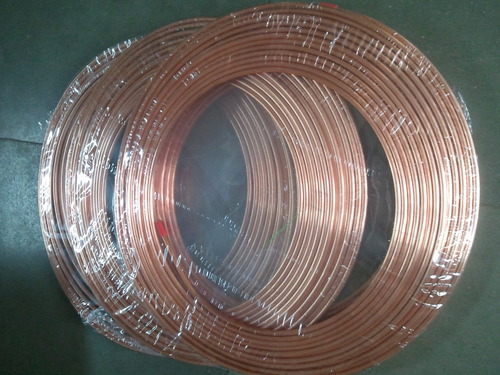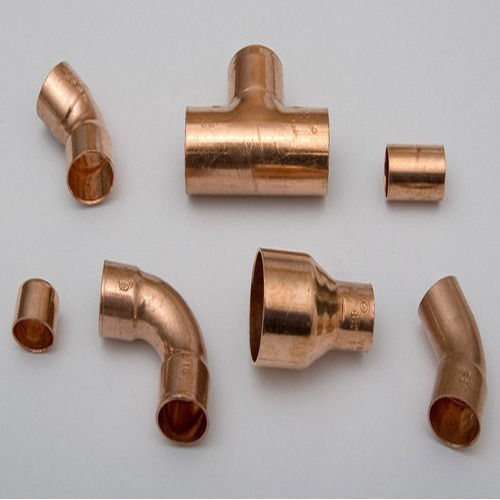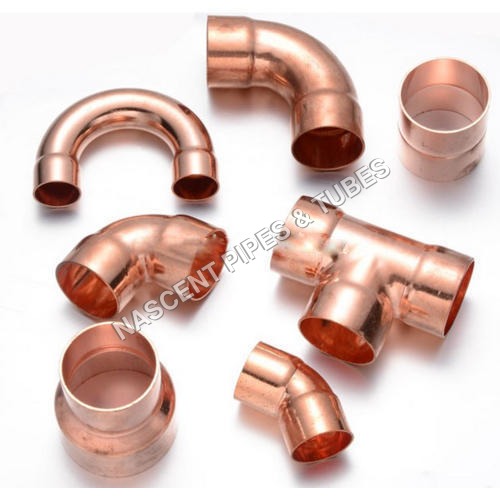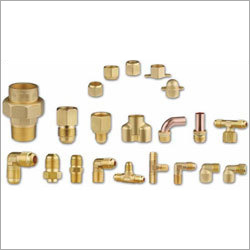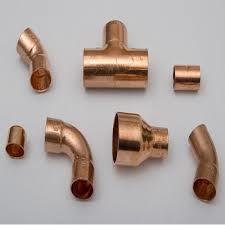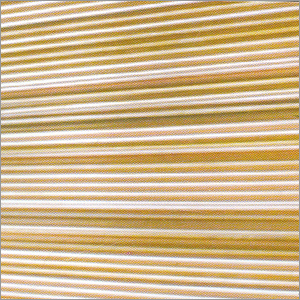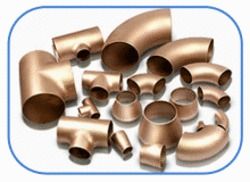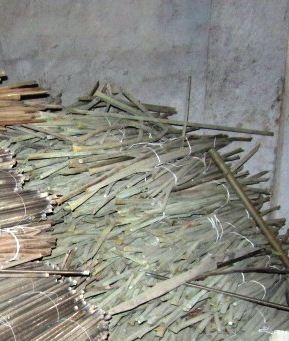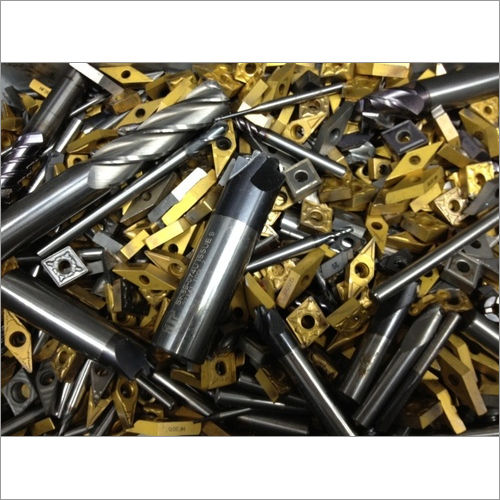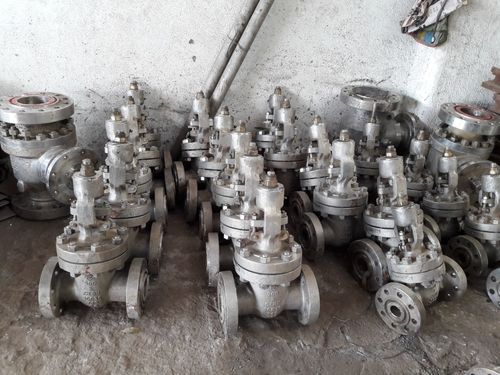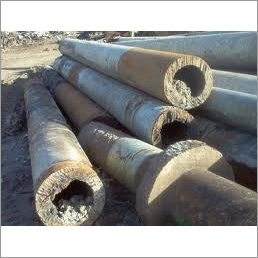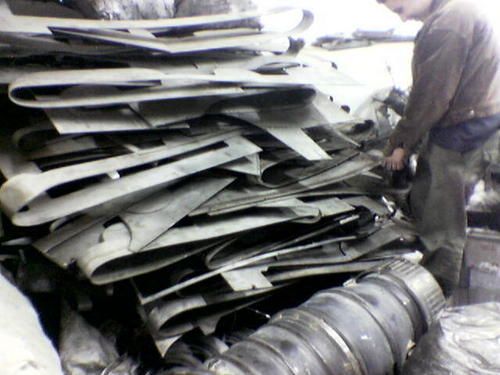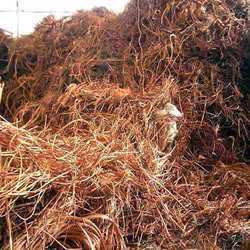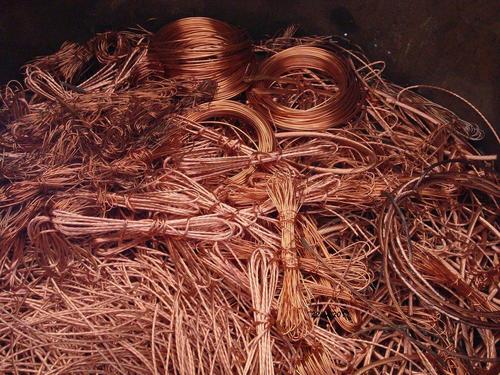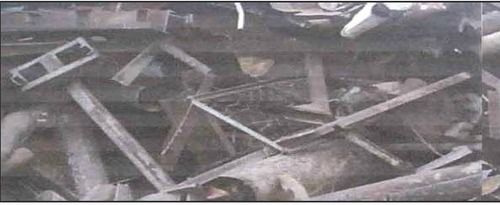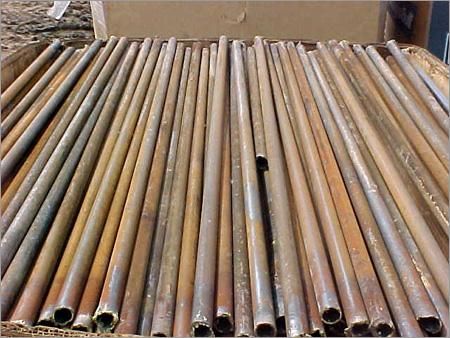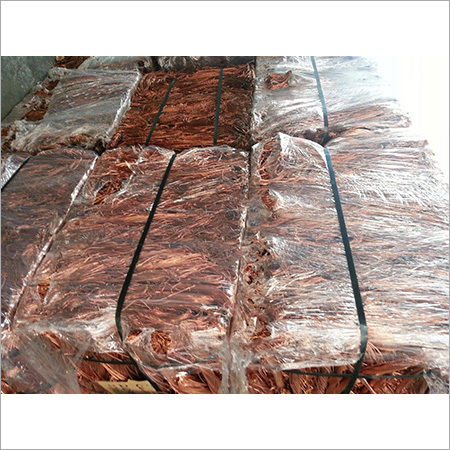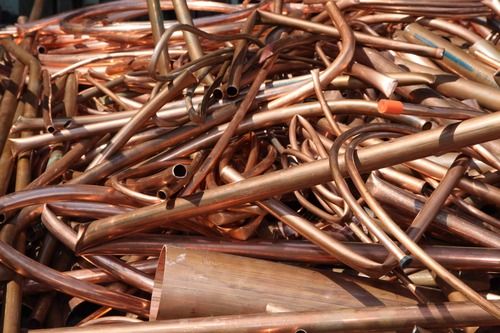
Copper Pipe - High Conductivity Metal, 3/4 Inch Diameter, Durable And Corrosion Resistant
Price:
Get Latest Price
In Stock
Product Specifications
| Material | Copper |
| Diameter | Variable |
| Wall Thickness | Variable |
| Length | Variable |
| Grade | Variable |
| Standards | ASTM B88 |
| Features | High conductivity, Excellent durability, Easy installation, Corrosion resistant, 100% recyclable, Wide applications, Cost effective |
Product Overview
Key Features
Copper pipe
The major applications of copper are in electrical wires (60%), roofing and plumbing (20%) and industrial machinery (15%). Copper is mostly used as a metal, but when a higher hardness is required it is combined with other elements to make an alloy (5% of total use) such as brass and bronze. A small part of copper supply is used in production of compounds for nutritional supplements and fungicides in agriculture. Machining of copper is possible, although it is usually necessary to use an alloy for intricate parts to get good machinability characteristics.
Copper, like aluminium, is 100% recyclable without any loss of quality whether in a raw state or contained in a manufactured product. In volume, copper is the third most recycled metal after iron and aluminium. It is estimated that 80% of the copper ever mined is still in use today.
Numerous copper alloys exist, many with important uses. Brass is an alloy of copper and zinc and bronze usually refers to copper-tin alloys, but can refer to any alloy of copper such as aluminum bronze. Copper is one of the most important constituents of carat silver and gold alloys and carat solders used in the jewelry industry, modifying the color, hardness and melting point of the resulting alloys.
The alloy of copper and nickel, called cupronickel, is used in low-denomination statuary coins, often for the outer cladding. The US 5-cent coin called nickelconsists of 75% copper and 25% nickel and has a homogeneous composition. The 90% copper/10% nickel alloy is remarkable by its resistance to corrosion and is used in various parts being exposed to seawater. Alloys of copper with aluminium (about 7%) have a pleasant golden color and are used in decorations. Copper alloys with tin are part of lead-free solders
Company Details
Focusing on a customer-centric approach, KAPASI METALS has a pan-India presence and caters to a huge consumer base throughout the country. Buy Scrap in bulk from KAPASI METALS at Trade India quality-assured products.
Business Type
Exporter, Supplier, Trading Company
Employee Count
12
Establishment
1980
Working Days
Monday To Sunday
Related Products
Explore Related Categories
More Product From This seller
Seller Details
Bhavnagar, Gujarat
Partner
Mr. Shabbir Kapasi
Address
Kapasi Metals, Opp. Ram Madhi, Match Factory Compound, Motitalav Road, Bhavnagar, Gujarat, 364001, India
copper alloy pipe fittings in Bhavnagar
Report incorrect details

